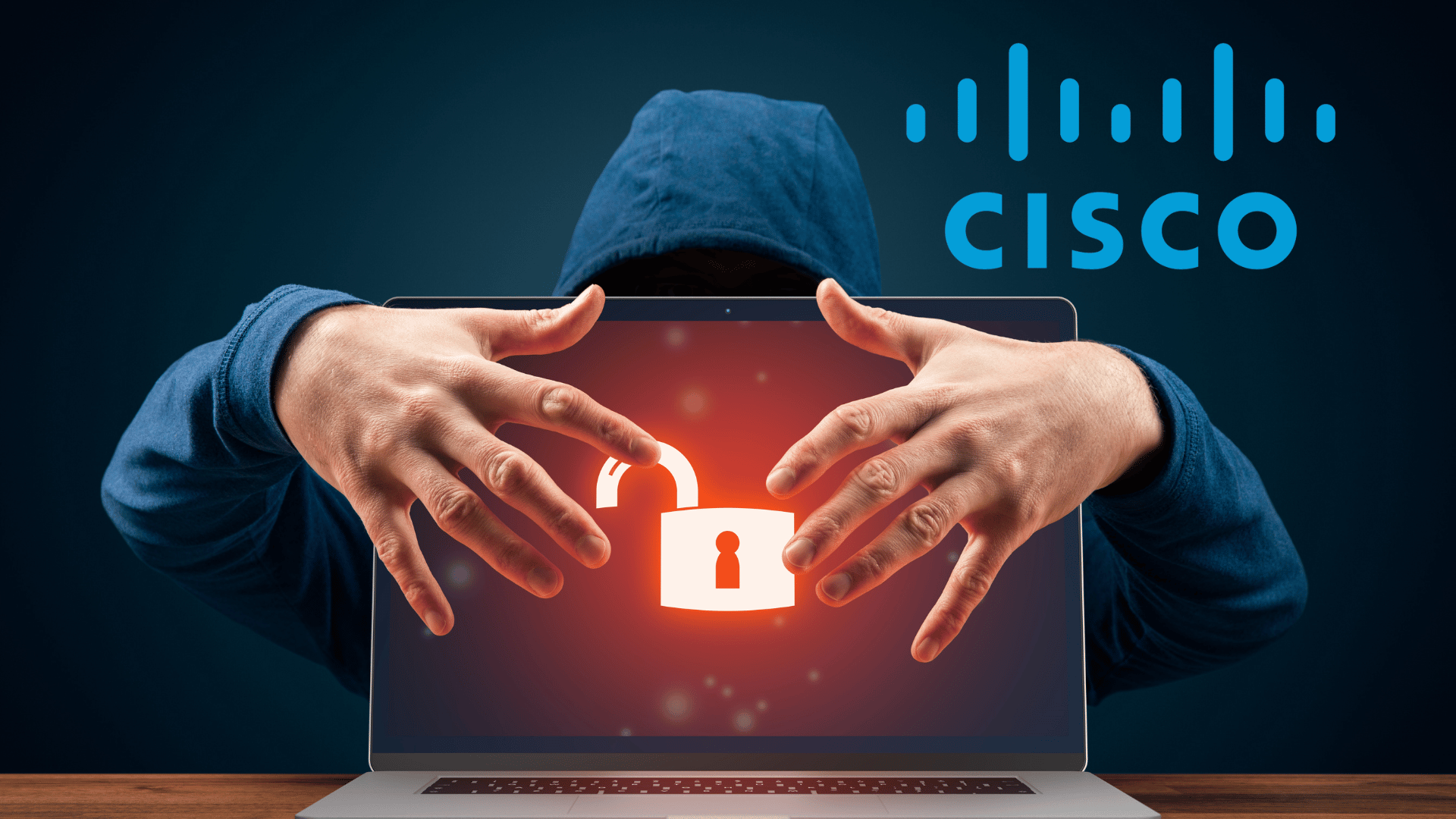- Email: info@clearinfosec.com
- 1800 760 5656

The ever-evolving landscape of cyber threats has once again seen a sophisticated attack targeting critical infrastructure. In a recent cybersecurity alert, researchers uncovered a large-scale cyber-espionage operation orchestrated by a threat group known as Salt Typhoon. This state-backed hacking group exploited vulnerabilities in Cisco network devices, affecting over 1,000 systems worldwide.
Salt Typhoon, identified as an advanced persistent threat (APT) group, leveraged unpatched vulnerabilities in Cisco’s IOS XE operating system to gain unauthorized access to targeted devices. The attackers exploited critical flaws, particularly CVE-2023-20198 and CVE-2023-20273, which allowed them to escalate privileges and obtain administrative control over network routers.
Once access was gained, the hackers deployed malicious configurations that enabled the creation of covert communication channels. One of the primary techniques involved setting up Generic Routing Encapsulation (GRE) tunnels, which allowed them to maintain stealthy and persistent access. These tunnels facilitated the extraction of sensitive data while bypassing conventional security controls.
Salt Typhoon’s attack campaign predominantly focused on high-value targets, including:
Telecommunications Providers: A major focus of the attack, as these networks provide critical infrastructure for communications and data transfer.
Academic Institutions: Universities and research centers with a strong emphasis on engineering, IT, and cybersecurity were affected, potentially exposing proprietary research and sensitive collaborations.
Government and Enterprise Networks: Organizations involved in strategic sectors, including defense and finance, also found themselves in the crosshairs.
The attack had global ramifications, with the highest concentration of breaches reported in the United States, India, and South America. The scale of infiltration suggests a well-coordinated effort aimed at long-term intelligence gathering rather than immediate financial gains.
Salt Typhoon’s methodology showcases a high level of sophistication in targeting unpatched and outdated network devices. Their approach included:
Initial Reconnaissance: Identifying publicly exposed Cisco devices and assessing their vulnerability status.
Privilege Escalation: Exploiting zero-day vulnerabilities to gain root-level access.
Stealthy Persistence: Deploying GRE tunnels to maintain covert control and exfiltrate data over encrypted channels.
Manipulating Network Traffic: Redirecting or intercepting data flows to monitor and extract intelligence.
This large-scale breach underscores a significant gap in network security across organizations relying on outdated Cisco hardware. The attack highlights key concerns such as:
Insufficient Patch Management: Many organizations failed to apply security updates in a timely manner, leaving them exposed to known exploits.
Underestimated Risk of Network Appliances: While endpoint security receives significant attention, network infrastructure security is often overlooked, making routers and switches attractive targets for attackers.
Advanced Tactics in Cyber-Espionage: The use of GRE tunnels and privilege escalation techniques reflects the increasing sophistication of state-backed hacking groups.
To prevent similar breaches in the future, organizations should adopt proactive cybersecurity strategies:
Immediate Patching: Apply security updates for Cisco IOS XE software to close the exploited vulnerabilities.
Access Restriction: Disable unnecessary web-based administrative interfaces and limit access to trusted IPs.
Continuous Monitoring: Deploy security solutions that detect unauthorized configuration changes or suspicious tunneling activities.
Network Segmentation: Implement segmentation strategies to restrict lateral movement within an organization’s infrastructure.
Incident Response Planning: Establish robust incident response protocols to quickly detect and mitigate network intrusions.
The Salt Typhoon attack serves as a stark reminder that state-sponsored cyber threats are growing in scale and complexity. These operations are not driven by financial motives but by geopolitical objectives, focusing on intelligence gathering and long-term surveillance.
As cyber-espionage campaigns become more sophisticated, organizations must prioritize security at the infrastructure level, ensuring their network devices are not the weakest link in their cybersecurity posture.
The exploitation of over 1,000 Cisco devices by Salt Typhoon is a wake-up call for enterprises and government agencies alike. Proactive security measures, timely patching, and advanced threat detection mechanisms are crucial in mitigating such threats. With cyber warfare intensifying, staying ahead of adversaries requires constant vigilance and a robust security framework.
Copyright © 2025 Clear Infosec. All Rights Reserved.